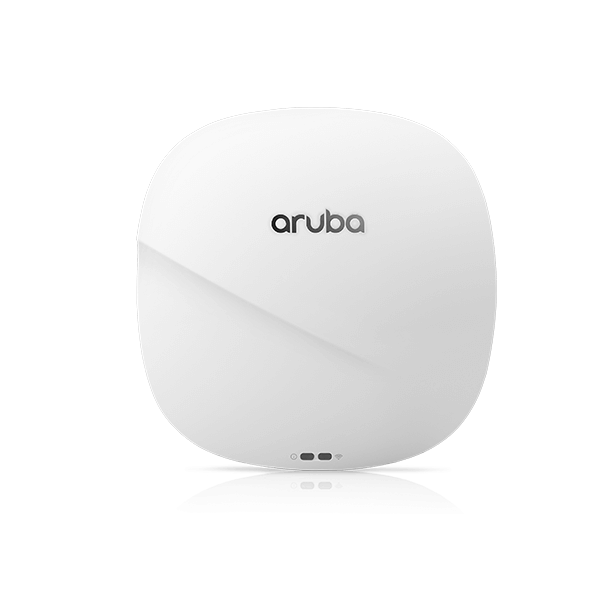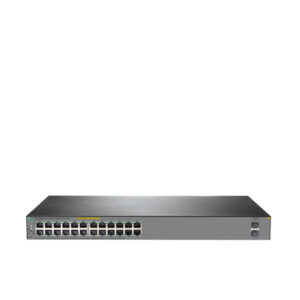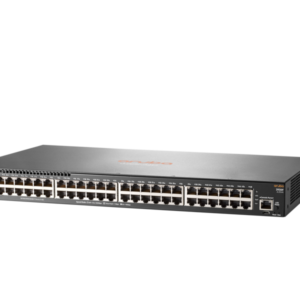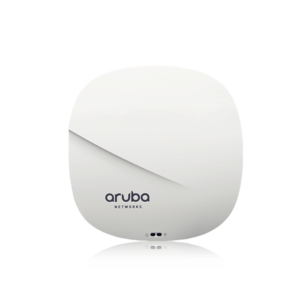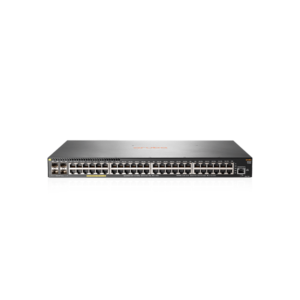Description
Overview
Designed with an integrated, 802.3bz compliant, HPE SmartRate multi-gig Ethernet port to eliminate wired bottlenecks, these APs offer unmatched wireless performance and capacity.
The unique and flexible dual-5GHz architecture of the 340 series offers a way to boost 5GHz capacity where needed.
| UNIQUE BENEFITS |
|---|
|
| CHOOSE YOUR OPERATING MODE |
|---|
|
| ARUBA 340 SERIES SPECIFICATIONS |
|---|
|
| WI-FI RADIO SPECIFICATIONS |
|---|
|

